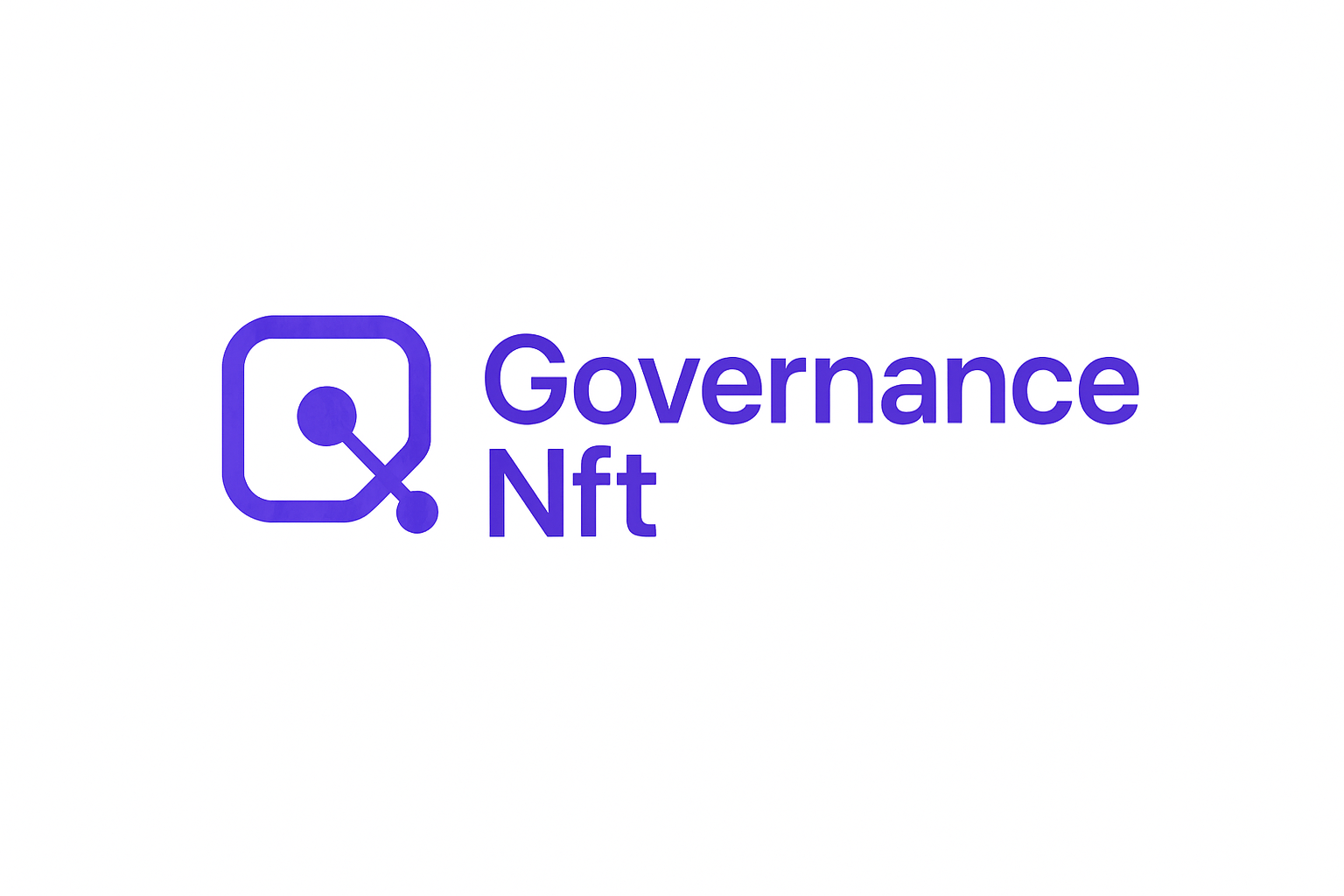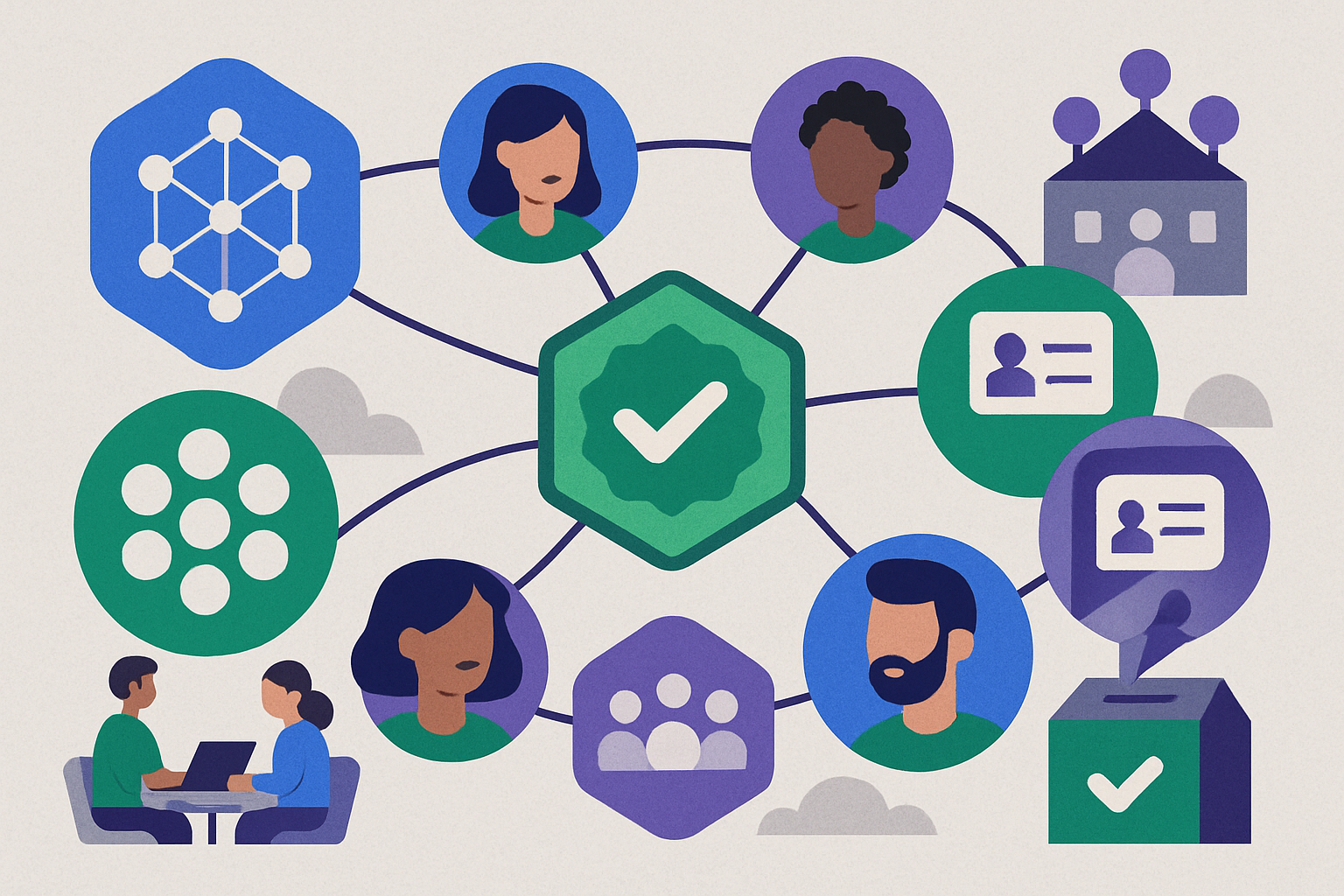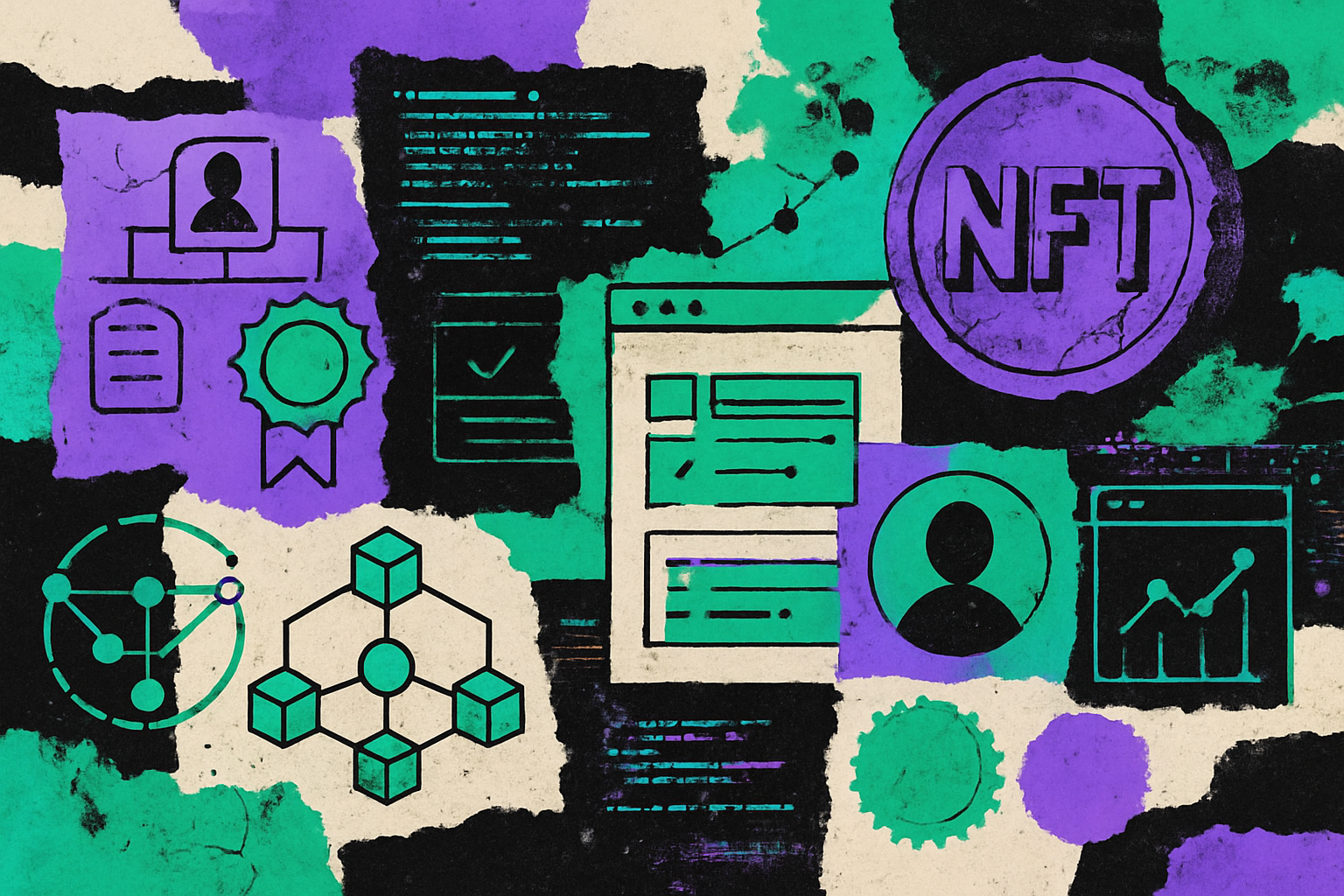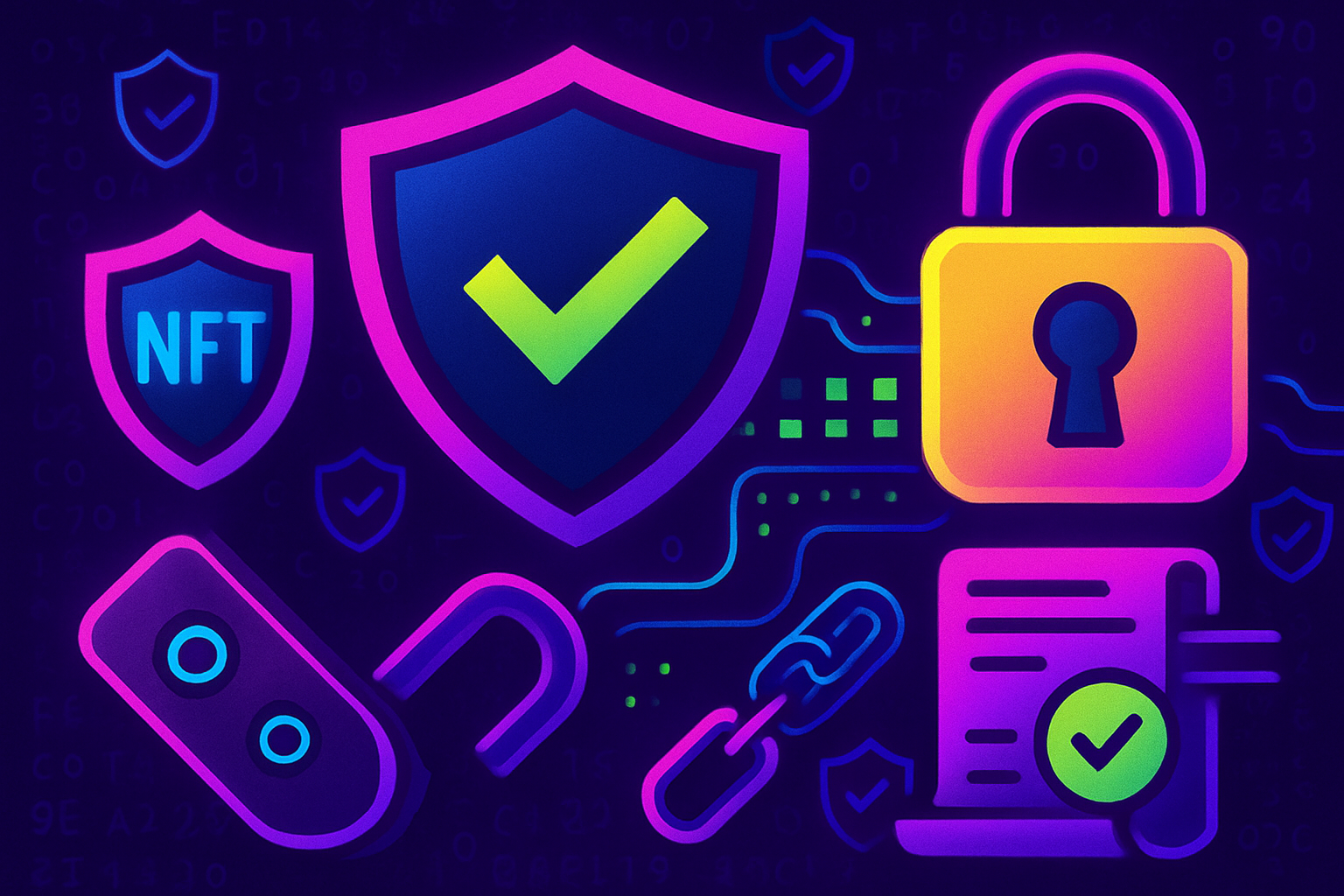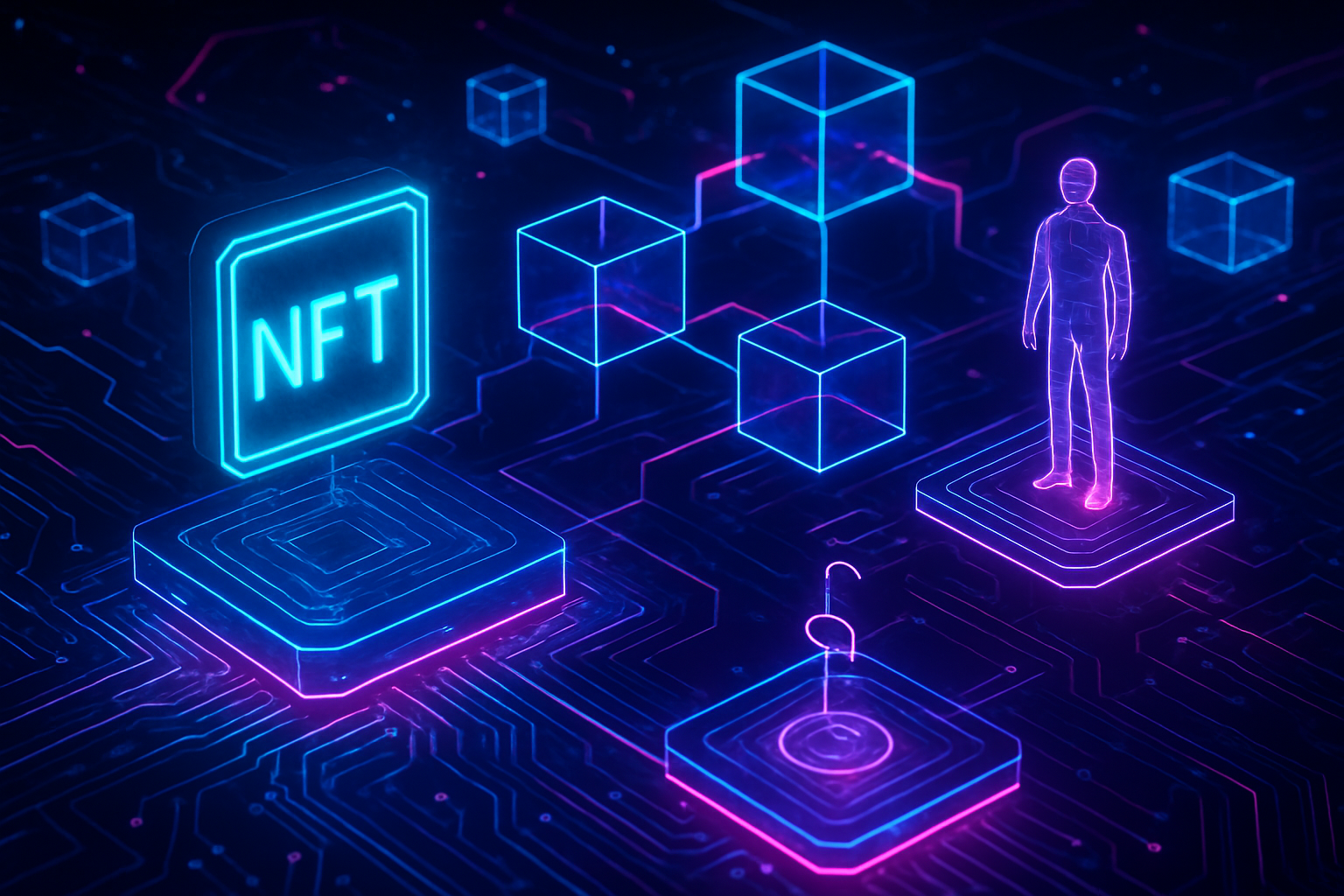
Steward NFTs are rapidly transforming the landscape of decentralized governance. As DAOs scale and mature, the need for transparent, accountable, and incentivized leadership grows more urgent. Steward NFTs offer a data-driven solution: by assigning unique, non-fungible credentials to key contributors, DAOs can formalize voting rights, structure team seats, and establish lifetime governance privileges that persist beyond traditional token-based models.

Why Steward NFTs Are a Game Changer for DAO Governance
Traditional DAO governance typically relies on fungible tokens for voting power. However, this approach can dilute accountability and make it difficult to track individual contributions or leadership roles over time. Steward NFTs address these challenges directly:
- Permanence: Each NFT represents an immutable record of a member’s governance seat and responsibilities.
- Transparency: On-chain verification makes it easy to audit who holds which powers and why.
- Incentivization: Ongoing rewards can be tied to active participation, not just token holdings.
The upcoming WarpSynk Protocol mint (scheduled for late September 2025) exemplifies this shift. With 201 Steward NFTs available, each NFT grants one lead team seat, one governance vote, and crucially – a lifetime governance seat. This model moves beyond temporary delegation or revocable roles; instead, it creates enduring accountability paired with the right to shape the protocol’s future indefinitely.
The Mechanics: How Do Steward NFTs Enable Lifetime Governance?
The core utility of Steward NFTs lies in their ability to encode both voting power and ongoing responsibilities into a single digital asset. Unlike fungible tokens that can be easily traded or pooled, these NFTs are often non-transferable or “soulbound, ” ensuring that only qualified members exercise decision-making authority. This structure is already being used by projects like ENS DAO (see ENS Working Group Rules) where stewards are elected to oversee specific working groups with clear compensation guidelines.
This approach brings several key advantages:
Key Advantages of Steward NFTs for DAO Lifetime Governance
-
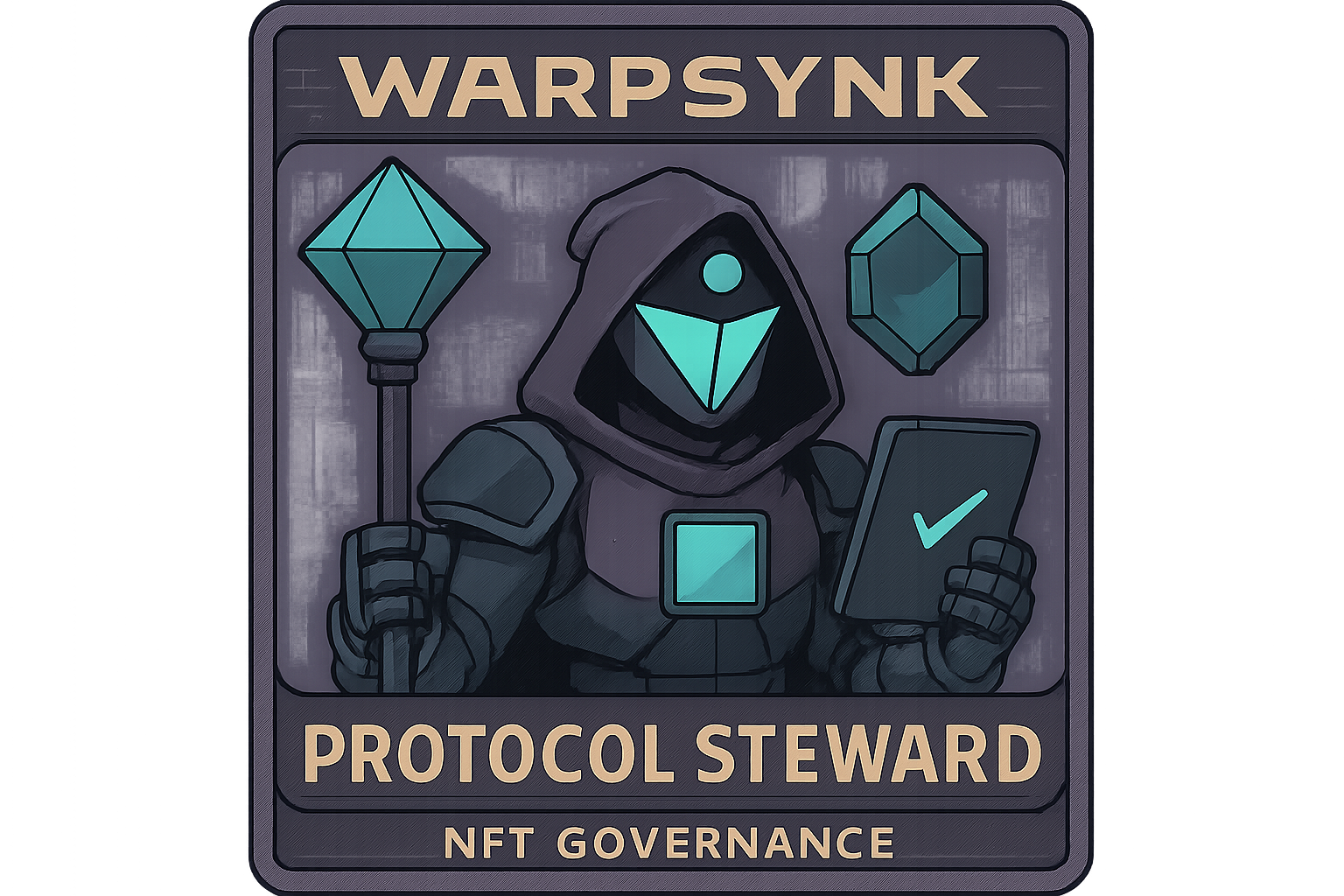
Lifetime Governance Rights: Steward NFTs, such as those in the WarpSynk Protocol, grant holders a permanent seat and voting power in the DAO, ensuring consistent and transparent participation in decision-making.
-

Transparent and Structured Decision-Making: Projects like ENS DAO use steward NFTs to assign clear responsibilities and voting rights, creating a transparent framework for governance and accountability.
-
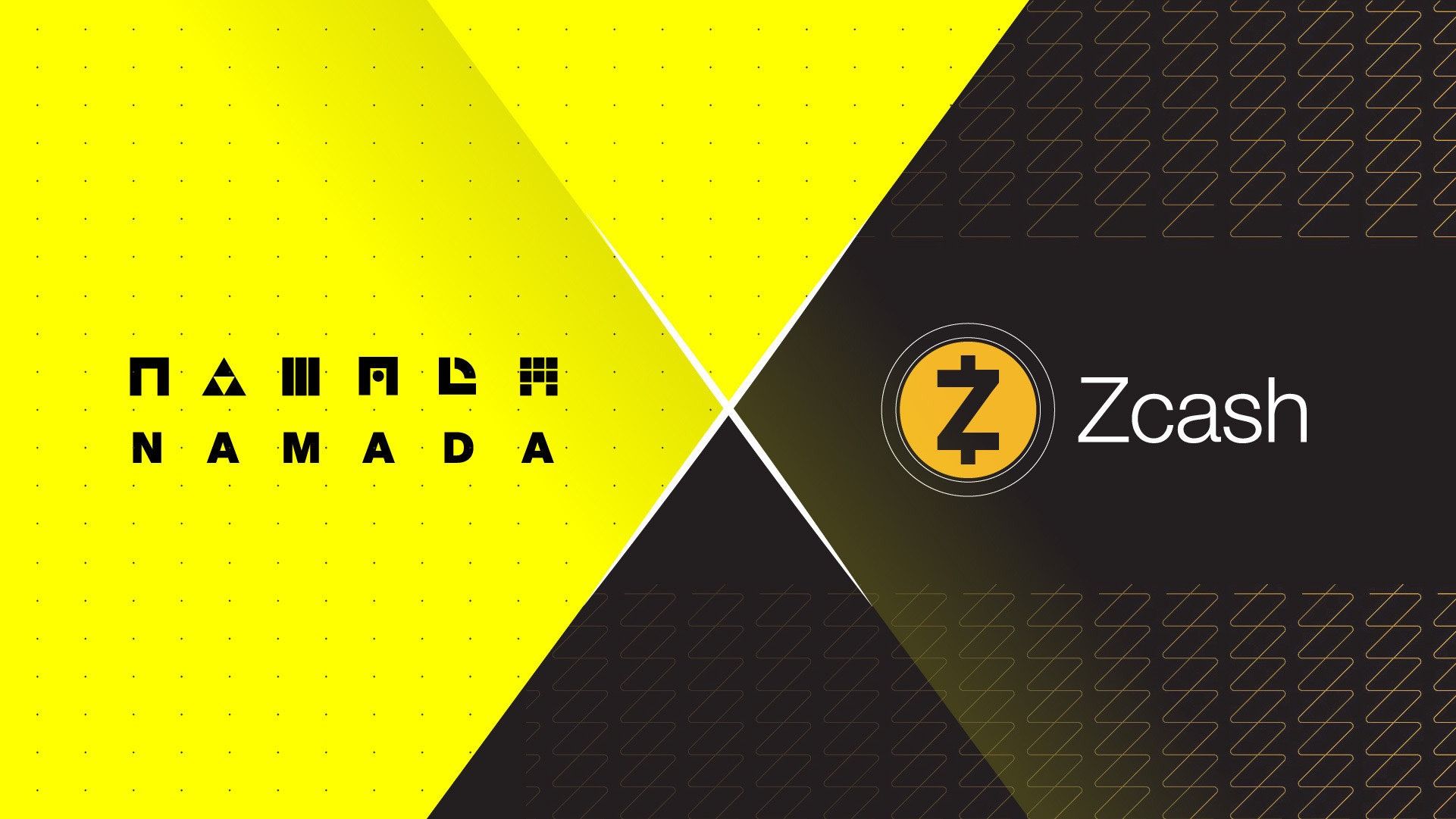
Ongoing Incentivization and Rewards: Steward NFTs can be linked to ongoing reward mechanisms, as seen in Namada, where stewards receive periodic token rewards for active participation, motivating sustained engagement.
-
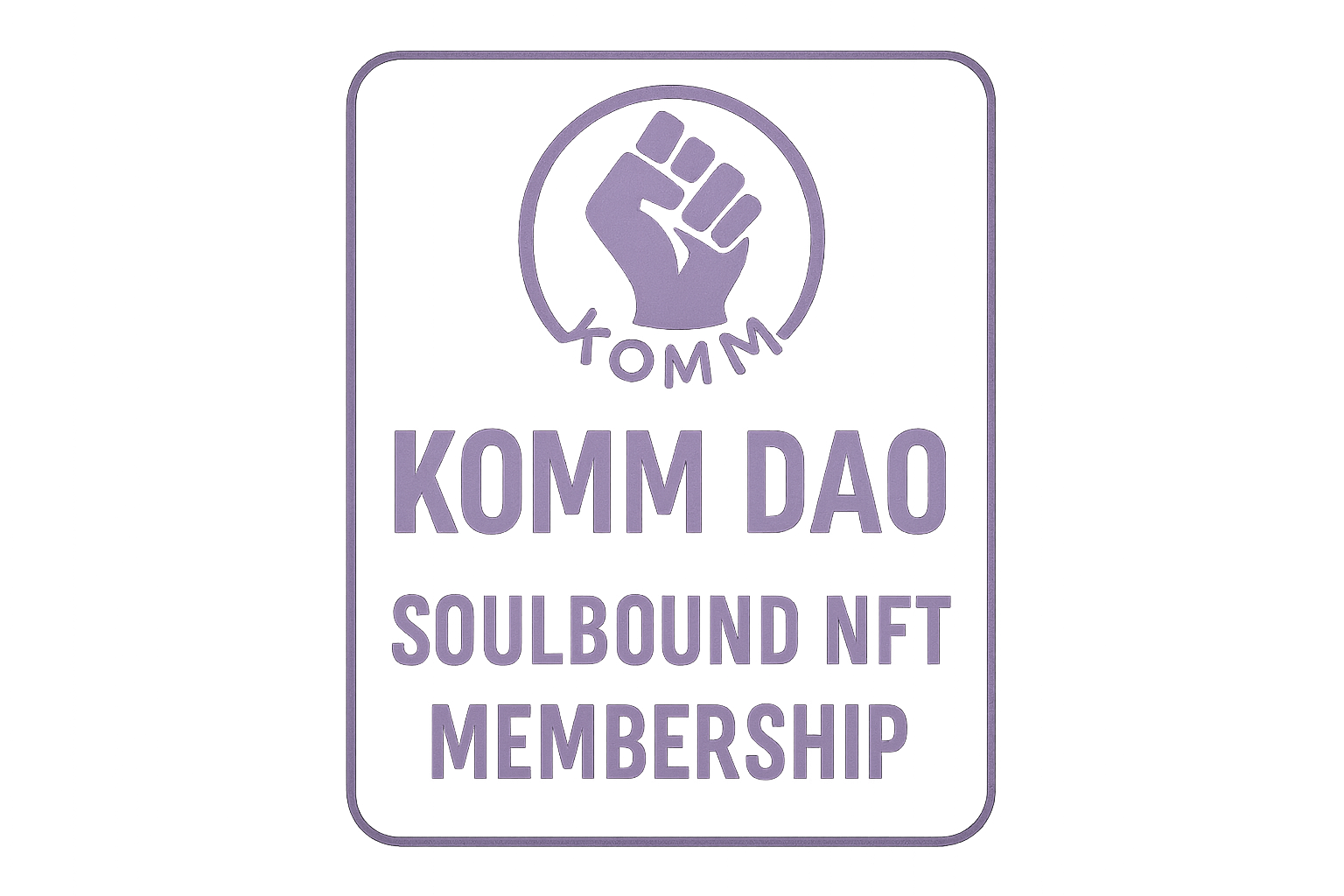
Proof of Reputation and Qualification: Komm DAO utilizes Soulbound NFTs as proof of a member’s reputation and contributions, reinforcing trust and incentivizing positive behavior within the community.
-

Enhanced Community Engagement: Marinade Finance enables direct participation in governance through NFT-based voting, fostering a more active and decentralized member base.
For example:
- Komm DAO: Utilizes soulbound membership NFTs as proof of reputation and eligibility for future rewards (source).
- Marinade Finance: Empowers MNDE holders to mint governance NFTs for direct participation in proposal voting (source).
Tying Ongoing Rewards Directly to Governance Participation
The value proposition doesn’t stop at permanent voting rights. By leveraging smart contracts, DAOs can automate reward distributions based on verifiable activity linked to each steward NFT. Projects like Namada allocate inflationary rewards (e. g. , NAM tokens) at regular intervals to active stewards according to pre-set parameters (see Namada docs). This ensures that incentives remain aligned with long-term engagement rather than short-term speculation.
This innovation is driving new standards in web3 community management, rewarding not just financial stake but genuine contribution over time.
Steward NFTs also introduce a new layer of resilience for DAOs. By capping the supply of governance NFT badges, as seen in the WarpSynk Protocol’s 201-seat model, organizations can prevent dilution of decision-making power and ensure each seat remains meaningful. This capped-supply approach draws clear lines of accountability while creating scarcity, which can enhance both the perceived value and the effectiveness of each governance role.
Integrating Steward NFTs With Reward Mechanisms
Ongoing rewards are not just theoretical, they’re already being implemented across leading decentralized projects. Steward NFTs can be programmed to unlock recurring compensation for active participation, whether through protocol-native tokens, exclusive airdrops, or access to premium governance features. For instance, ENS DAO places compensation responsibility with its MetaGov working group, ensuring that stewards receive fair rewards tied to measurable contributions (ENS Working Group Rules).
This model is gaining traction because it aligns incentives for long-term stewardship instead of short-term speculation. As DAOs mature, reward mechanisms tied to governance NFT badges will likely become a standard feature, driving deeper community engagement and more robust organizational health.
How DAOs Use Steward NFTs to Automate Rewards & Engagement
-

ENS DAO: Steward NFTs assign members to working groups, granting them governance voting rights and eligibility for ongoing compensation. This automates reward distribution based on active participation and adherence to group objectives.
-

Namada: Public goods stewards receive inflationary NAM token rewards each epoch via steward NFTs. Rewards are distributed automatically according to transparent, on-chain parameters, incentivizing sustained contributions.
-

Komm DAO: Soulbound steward NFTs represent member reputation and voting power. Holding these NFTs can make members eligible for future token airdrops, directly linking engagement to automated rewards.
-
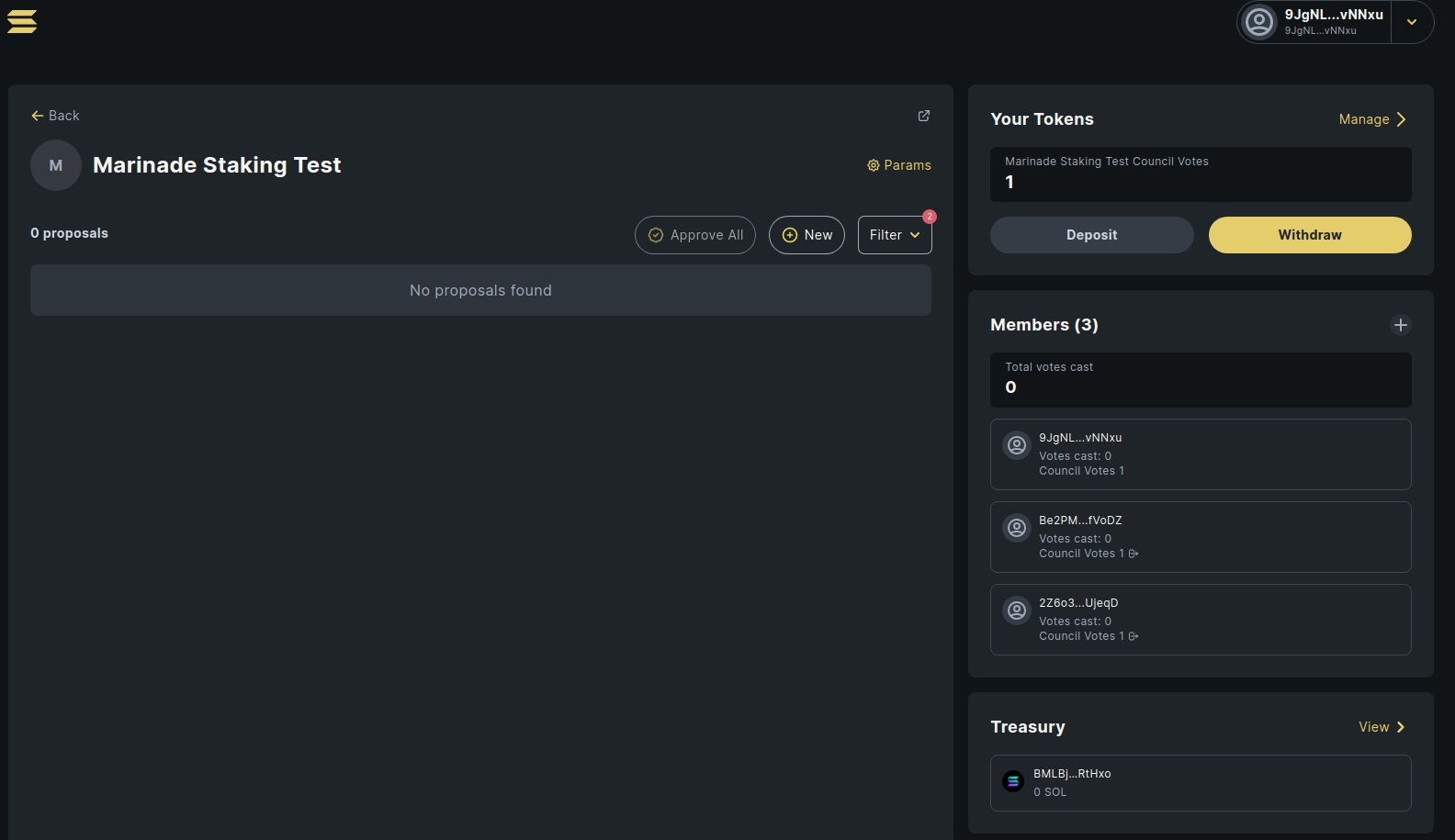
Marinade Finance: Governance NFTs enable MNDE token holders to participate in on-chain voting, with rewards and incentives tied to NFT ownership and active governance involvement.
-
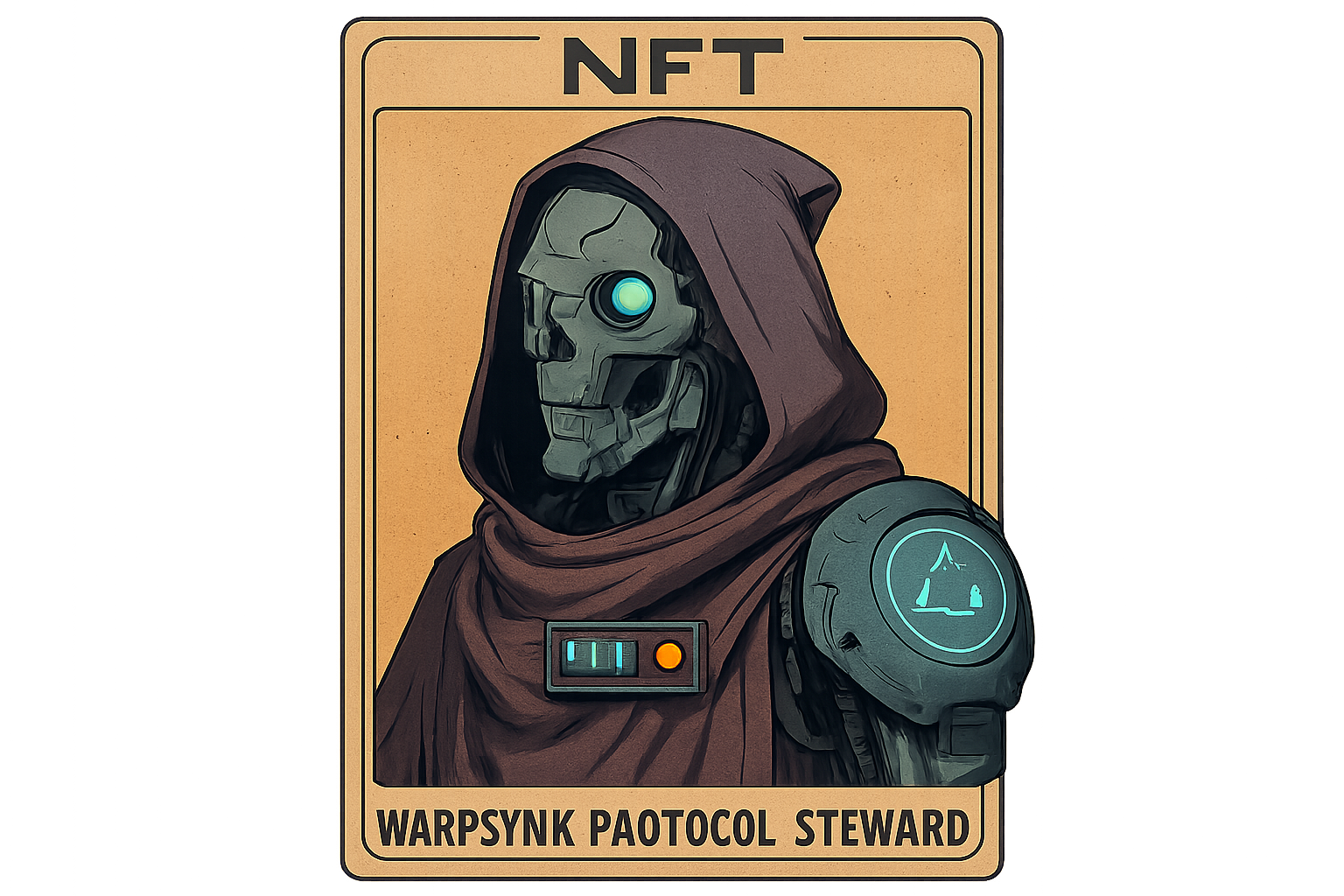
WarpSynk Protocol: Each Steward NFT equals a lifetime governance seat and voting right, automating both leadership roles and ongoing reward eligibility for DAO contributors.
The Future: Transparent, Accountable, and Rewarding DAO Governance
The paradigm shift toward utility NFTs for DAOs is setting a new baseline for transparency and meritocracy in web3 communities. Unlike traditional token-based systems, which often obscure who actually drives outcomes, Steward NFTs create a visible ledger of leadership and contribution. This not only supports more effective decision-making but also enables new forms of recognition and reputation-building within decentralized organizations.
Looking ahead, expect broader adoption of permanent voting rights via web3-native credentials as more projects recognize the security and flexibility offered by governance NFT badges. The capped-supply approach pioneered by protocols like WarpSynk is likely to inspire further experimentation with hybrid models that balance openness with strong checks on power accumulation.
Ultimately, Steward NFTs provide both a technical foundation and an incentive framework for sustainable DAO growth. By combining immutable governance seats with automated rewards, these digital assets give contributors clear reasons to stay engaged, and offer DAOs powerful tools to build resilient, transparent communities positioned for long-term success.
